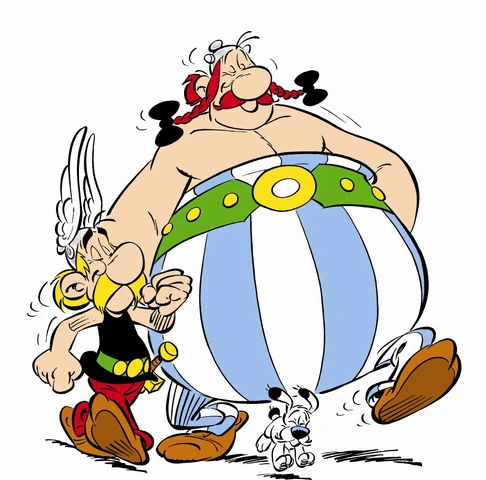Another one of the required Live Briefs was the Lifting Tower Project in which we were commissioned
to produce a 10-20 second Christmas themed animation which was to be projected on the side
of the Lifting Tower in an office park in Leeds over the festive period. We were being commissioned for this
by an external agency so it was important we make the most of it for CV purposes and that preproduction work
be presented ahead of time to the client. This was intended
as an opportunity for collaboration across the Illustration & Animation courses though I ended up producing
my animation largely on my own, stepping in occasionally to help some illustrators who weren’t
well acquainted with the animation software when needed.
Initial Design ideas
Some of my initial ideas for realising this brief were very different from what I ended up producing.
From the beginning I wanted to use this projection mapping opportunity to use the space creatively.
One way of doing this I toyed around with the idea of was simulating a searchlight on the side of the building
exposing an elf abseiling own the side of the building on a piece of tinsel, simulating a prison escape scene.
Another idea I tossed around was projecting a series of multi-faith festive scenes as viewed through windows,
for example; depicting a Menorah in the windowsill for a Hanukkah scene.
The idea I felt had the most legs and served my sensibilities the best as an animator, which would provide me with the best material for my portfolio, was having a Xmas pudding flying around a snowy scene before a large disembodied Santa head flies in from the corner of the frame to eat it before turning to the camera and enveloping the frame, with the camera zooming in on the interior of his mouth where the words 'Happy Holidays' would be displayed in the saliva at the back of the mouth. This was the idea I ended up presenting to the client during a crit.






























